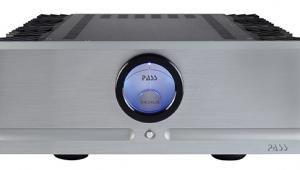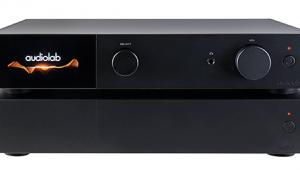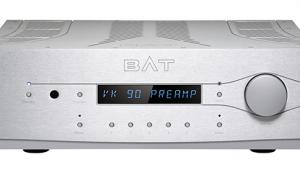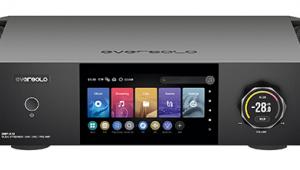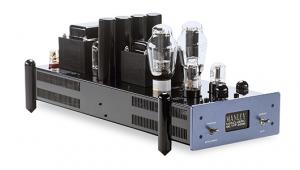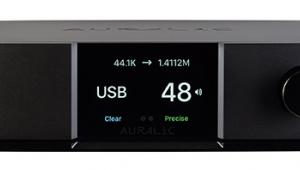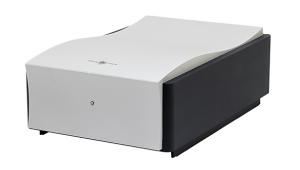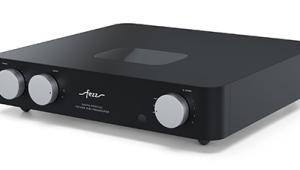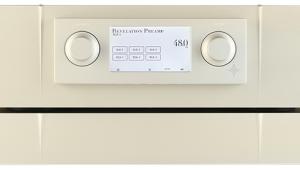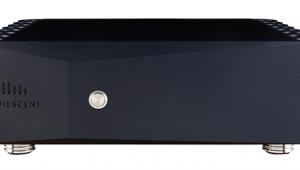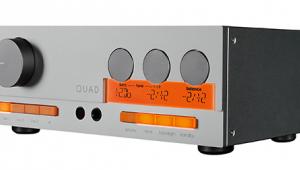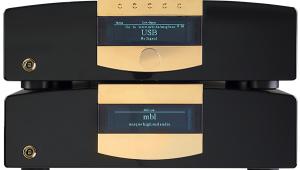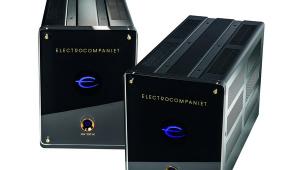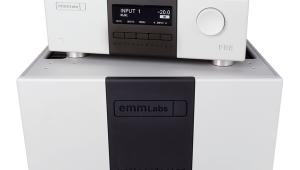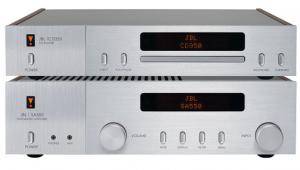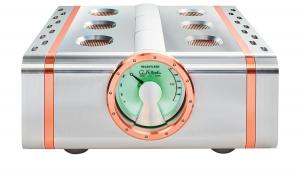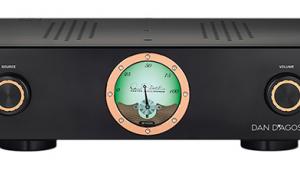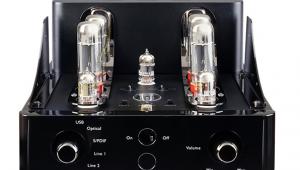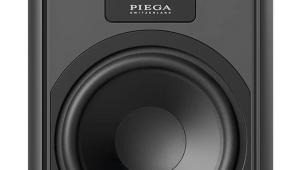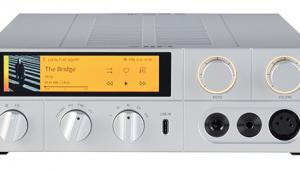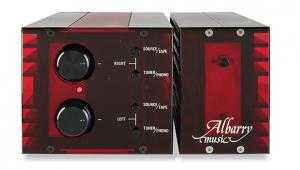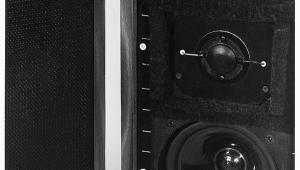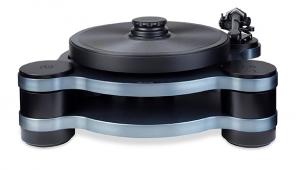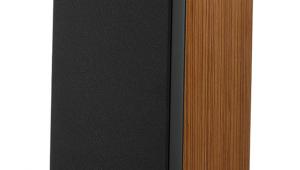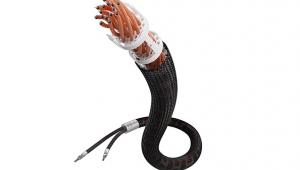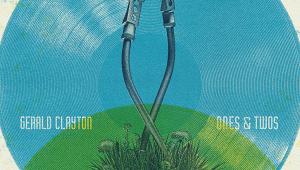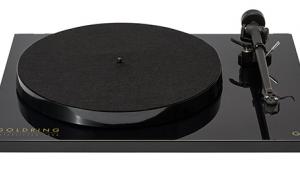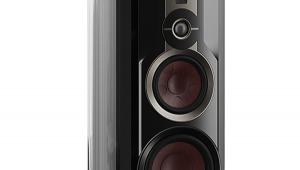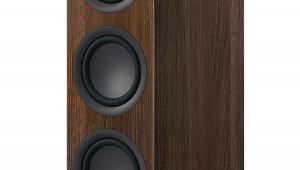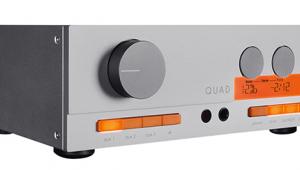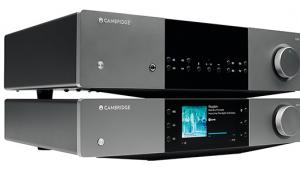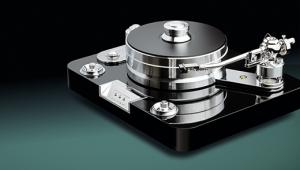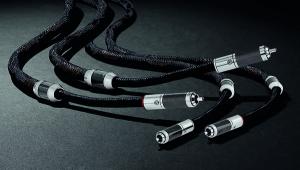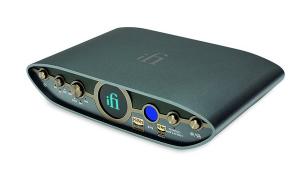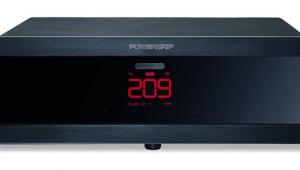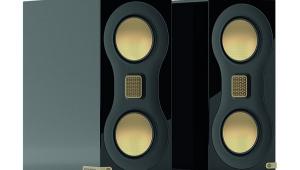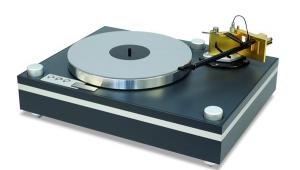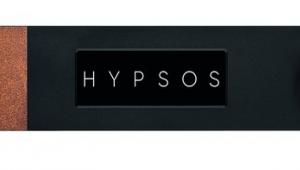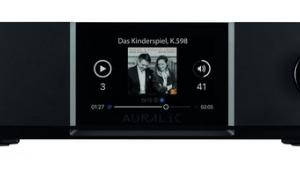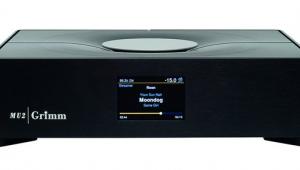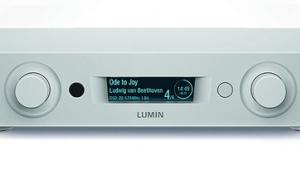Audio Research REF 330M tube monoblock
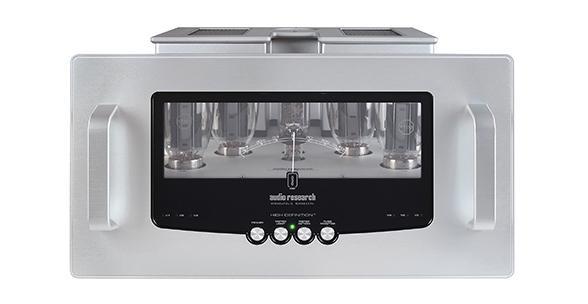

The latest arrival from US high-end brand Audio Research Corp., the Reference 330M monoblock amplifier (£92,000 per pair) may not quite be the most powerful amp the company has ever built, but by any standards a rated output of 330W – into 4ohm or 8ohm speaker loads – is going some for an amplifier using tube technology. Indeed, it will come as something of an eye-opener for those still subscribing to the belief that for the purity of the valve sound – or whatever else you consider to be the sonic traits of the genre – you must settle for low output power, and start looking for speakers of appropriately high sensitivity.
No such allowances need be made here, for the REF 330Ms will drive just about any loudspeaker you can imagine to levels way beyond the needs of any sane individual, and more to the point will play at ‘exciting’ levels while still having plenty in reserve for the dynamics of even the most complex recording. Valve amps slow, lush and lazy? There goes another myth.
In fact, were it not for the battery of valves on display in the open chassis of the amps, and visible from the front via the transparent ‘GhostMeter’ window, one might even be fooled that these were typically big and bold solid-state amps, very much in the American heavyweight mould. These are amps to defy the stereotype, while still retaining ‘tube appeal’.
Decades in development
As PM reveals in his Lab Report [see here], the REF 330M doesn’t just live up to its headline-grabbing output rating, but goes way beyond it, delivering over 400W, and peaking at more than 500W under dynamic conditions. Such power isn’t new for Audio Research – its towering 750SEL is rated at 750W from a bank of 16 KT150 power valves – but the manufacturer refers to its latest addition as ‘the culmination of everything we have learned over 50+ years,’ and ‘the finest amplifier ever created by Audio Research’.
Hyperbole aside, that’s some claim given the pedigree of the company. Established in 1970 by Bill Johnson, acclaimed in some quarters as the father of high-end audio, it had one simple but ambitious aim – to advance the state-of-the-art in music reproduction by reviving the use of vacuum tubes (or valves) in a market that had become dominated by solid-state amplifiers.
Made to measure
Johnson had been designing audio electronics since the 1950s, and had a background in high-end audio retailing. The company remained under his control until 2008, three years before his death at the age of 85. Since then, Audio Research has been part of the US high-end ownership merry-go-round, most recently being sold in 2023, but it’s still headquartered in Minneapolis, Minnesota, where it all started in the back of Johnson’s shop. Audio Research also sticks to its founder’s maxim that ‘If it measures badly it isn’t going to sound good – but the simple fact that it measures well doesn’t assure it will sound good’. Every product is passed by the company’s Chief Sonic Evaluator, Warren Gehl, who has been with Audio Research for some three decades.
Housed in a chassis as elegant as something this substantial can be, the sextet of KT170 valves in the output section of the Reference 330M are the latest step in a path that’s led Audio Research through the use of 6550s to KT120s, KT150s and now the latest KT170s [see boxout]. Here they’re partnered with ECC83 and 6H30 triodes in the input stage, with a 6550 and another 6H30 used in the power supply. Auto-bias keeps the valves optimised without any user intervention, and the KT170s are rated for a 3000-hour life, with a ‘mileage’ meter located on the chassis rear. A replacement set of a dozen valves for a brace of REF 330Ms every few years will not be inexpensive, but this is an inescapable part of their ‘cost of ownership’.
Fan favourite
The 330Ms are no lightweights, but the functional handles front and back make them relatively easy to get hold of, at least once you realise most of the weight is in the transformers to the rear of the chassis. And operation is simple enough as there’s a choice of balanced or unbalanced inputs, and 4ohm and 8ohm output taps – we used the 4ohm taps to feed the Wilson Alexx Vfx speakers in the optimised HFN listening room.
What’s more, for all that hefty valve complement, these aren’t room-toasting amps. Instead they run warm, and have two-level fan cooling, the high setting being audible with very quiet music or when the amps are idling. In the low setting, the fans are inaudible. You can also dim or turn off the LED illumination for those GhostMeters – they are pretty unobtrusive, but you might want to kill them if you like listening in the dark, or just want to bask in the glow of all those valves.
![]() Thunder and lightning
Thunder and lightning
And basking is what you’ll definitely be doing when it comes to the sound of the REF 330Ms, although again these amplifiers don’t conform to that old ‘soft and lush’ valve stereotype. Yes, the presentation is warm, generous and full, but the devastating bass slam on offer here is something not commonly associated with amps of this type. Go into a listening session expecting filigree acoustic instruments to be the order of the day, and you’re going to be disappointed or pleasantly surprised, depending on your point of view.
I could do without ever hearing another ‘audiophile’ recording of vanishing musical interest, so it’s safe to say I loved the way the REF 330Ms handled anything and everything I threw at them, courtesy of the mighty dCS Varèse streaming front-end [HFN Feb ’25] and those Wilson Alexx Vfx floorstanders. For example, hearing the 2011 remaster of Queen’s ‘Bohemian Rhapsody’ from A Night At The Opera [Island Records 276 442 2], it was apparent that these amplifiers were delivering all the character of Freddie Mercury’s voice.
That prominent sibilance, the studio acoustic, the piano’s weight – it was all there. Then the ‘opera’ section was revealed in all its multitracked glory, before the meters kicked up as the band rocks out, Roger Taylor’s bass drum pounding hard and tight, John Deacon’s bass holding it all together, and Brian May’s guitar at times snarling, at times almost flute-like. Yes, yes, yes, I know – all desperately unfashionable, but it sounded amazing.
Coming up to date with Beyoncé’s Grammy-winning Cowboy Carter album [Parkwood Entertainment/Columbia 96kHz/24-bit] and Willie Nelson’s ‘Smoke Hour’ intro had all the ambience of a distant radio station before the opening riff of ‘Texas Hold ’Em’ clanged from the speakers, vivid and bright. Beyoncé’s vocal was just as attention-grabbing, placed in a beautifully etched soundstage as the percussion kicked in with wonderful weight and drive. This is a cracking production job, and the REF 330M amps delivered it with full value and impact.
Stepping back a little to Holly Cole’s cover of ‘Steppin’ Out With My Baby’, from her latest album Dark Moon [Universal UICY-16265], and the rich tones of Cole’s maturing voice were delivered with close focus and spine-tingling presence. Yes, we might be straying toward demo-quality recordings here – Cole’s earlier albums do seem to be on more than a few companies’ playlists – but this set allowed the amplifiers to show just how much detail and dynamics they can deliver with consummate ease. Cole’s voice sounded fabulous, as did Aaron Davis’s piano and the vibes of Michael Davidson. It’s all very delicious – and it swings.
‘Those drums!’
The REF 330Ms can deliver their magic in the most unexpected places, as was clear with The Police’s ‘Bring On The Night’, from the band’s second studio album, 1979’s Reggatta De Blanc, here in its 2003 SACD release [A&M Records 493 644-2]. My listening notes say, ‘Those drums!’, so well were Stewart Copeland’s stinging and fizzing cymbals, and pounding tom-toms, delivered here, while the flamenco-ish guitar of Andy Summers, slipping into reggae-like chops, sounded crisp and clear behind Sting’s vocal.
Staying in that era, Supertramp’s epic ‘Fool’s Overture’, from 1977’s Even In The Quietest Moments… [A&M 96kHz/24-bit download], instantly appealed with its full-blooded piano and reverberant acoustic. The multilayered effects were finely resolved and enveloping, their phased quality almost making them sound three-dimensional. As the synths arrive and the track starts motoring, the rhythms were relentless, with tight, weighty and powerful drums and bass sounding both solid and defined.
From those snatches of archive sound came an exercise rather like that Radio 4 favourite, ‘Add To Playlist’, taking me to the similar use of historic recordings on Michael Jackson’s title track from his HIStory – Past, Present And Future, Book I [Epic/MJJ Productions EPC 474709 2]. After an opening quote from Mussorgsky’s Great Gates Of Kiev, the track dissolves into a montage of clips from historic events, and then all but explodes into Jackson’s vocal over a crashing rhythm, delivered here with glorious venom.
It just keeps on building, producers Jimmy Jam & Terry Lewis layering more and more as the track runs its six-and-a-half-minute course, before ending with voices reading out historic dates, bouncing out of the stereo channels and ending with Neil Armstrong’s ‘One small step for man’ speech. It was spectacular, my listening notes adding ‘Valve amps shouldn’t be able to do this, especially at this level’. Back in the day I regularly used this track for demos, and now I remember why!
Drama class
With the sombre and dramatic second movement of Beethoven’s 7th Symphony, performed by the Pittsburgh Symphony Orchestra under Manfred Honeck [Reference Recordings’ Fresh! FR-718 SACD], the REF 330Ms delivered the stately pace with absolute precision and with a wonderfully open feel to this live recording. There was a solid, three-dimensional picture of the orchestra before the listener, and as the scale of the piece increased, the switch from the quiet section to the all-instruments-blazing passages was full of drama, passion and power. Moreover, these amps have the control to play massive, complex music at high levels without even the slightest hint of strain or labour.
‘Drama’ would be an apt term to describe the sound the REF 330Ms can deliver when partnered with a similarly accomplished system. Loading up the Bergen Philharmonic/Edward Gardner 2020 recording of Britten’s ‘Peter Grimes’ [Chandos CHSA 5250], in which the drama is very much to the fore, there was a warmth and generosity to the sound, but never at the expense of clarity. The sea interludes flowed into the action, with its humour and the sense of unfolding tragedy captured in Stuart Skelton’s impressive Grimes, his voice always seemingly on the point of cracking into despair.
The sound here is about scale and power, and knowing when to strike a balance between tenderness and storm violence, and with the Audio Research amps it’s all handled so deftly, taking the listener into the heart of an atmospheric recording.
Hi-Fi News Verdict
The Reference 330M amplifier not only delivers massive power, slam, detail and refinement from a valve-based design, it also does all this without the trepidation and limitations of the apocryphal tube amp. Ignore the substantial weight and price, and this speaker-tolerant design will slot into a high-end system as easily as any solid-state rival. All this, and the promise of a truly scintillating musical performance.
Sound Quality: 90%
